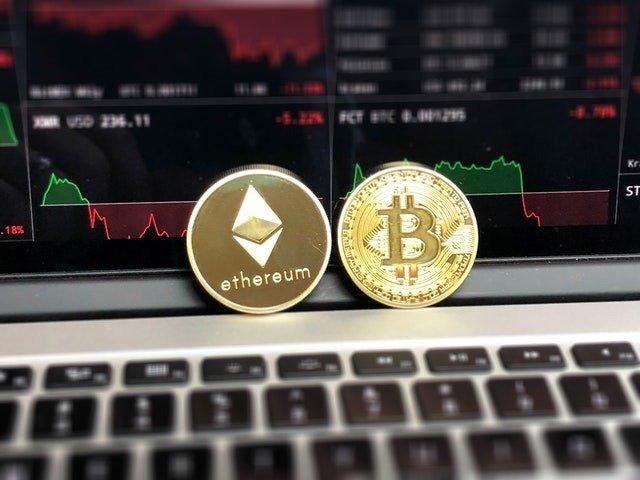Ethereum is currently the most popular and biggest blockchain ecosystem.
Launched in July 2015, Ethereum has not only earned its place as the second most valuable cryptocurrency after Bitcoin but has also established a reputation for being the biggest smart contract and dApp (decentralised application) development platform out there.
However, Ethereum is not the only blockchain worth mentioning.
Over the years, several reputable blockchain ecosystems have piqued the interests of crypto-enthusiasts and developers alike. Some of these include the likes of KardiaChain which boasts of being the first decentralised interoperable and self-optimised blockchain ecosystem. Another blockchain ecosystem worth mentioning is Cosmos which continues to grow with an expansive list of interoperable and sovereign blockchain apps.
Here is a look at some of the biggest blockchain ecosystems apart from Ethereum that have great potential.
Cosmos
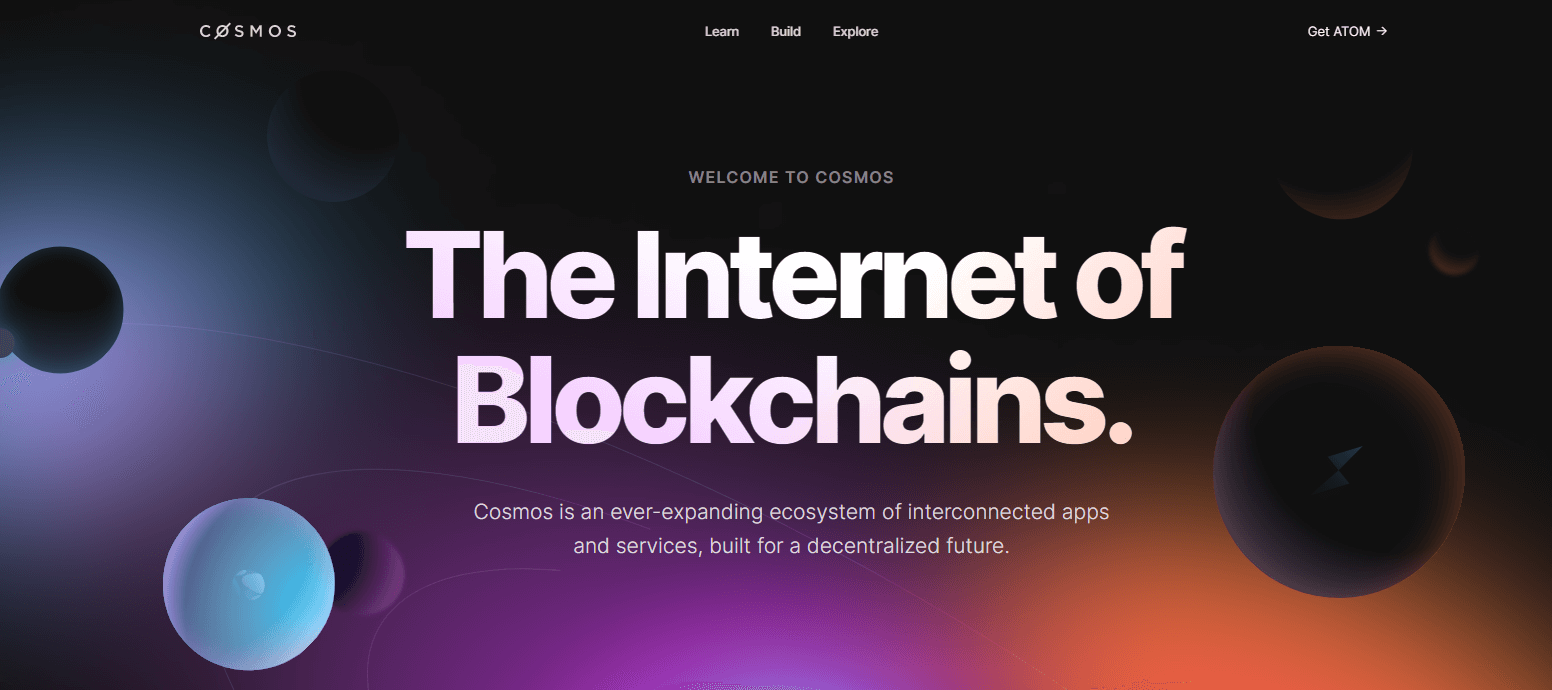
The Cosmos ecosystem is a decentralised network of independent, parallel blockchains, each powered by a BFT (Byzantine Fault Tolerance) consensus algorithm called Tendermint Core.
At its core, the platform comes with the Cosmos SDK (software development kit) which enables developers to build their blockchain applications in any programming language.
Adding to the Cosmos SDK is an Inter-Blockchain Communication (IBC) protocol that is used to connect these parallel blockchains, allowing for the easy exchange of value and data across them.
Everything in the Cosmos ecosystem is connected through the Cosmos Hub which acts as the central relay chain that enables developers to build custom blockchain applications in a modular way.
The vision of the Cosmos Network is to make it easy for developers to build interoperable blockchains and break the barrier that exists between different blockchain networks.
Built by the Interchain Foundation, a non-profit organisation based in Zug, Switzerland, Cosmos raised over $16 million in a public sale of its ATOM token back in April 2017 and currently hosts blockchain projects such as the Juno Network, Terra, and Crypto.com Coin to mention a few.
At the moment, Cosmos boasts over 49 blockchain-based apps and services on its ecosystem with 28 being IBC enabled and a total market capitalisation of over $141 billion.
Avalanche
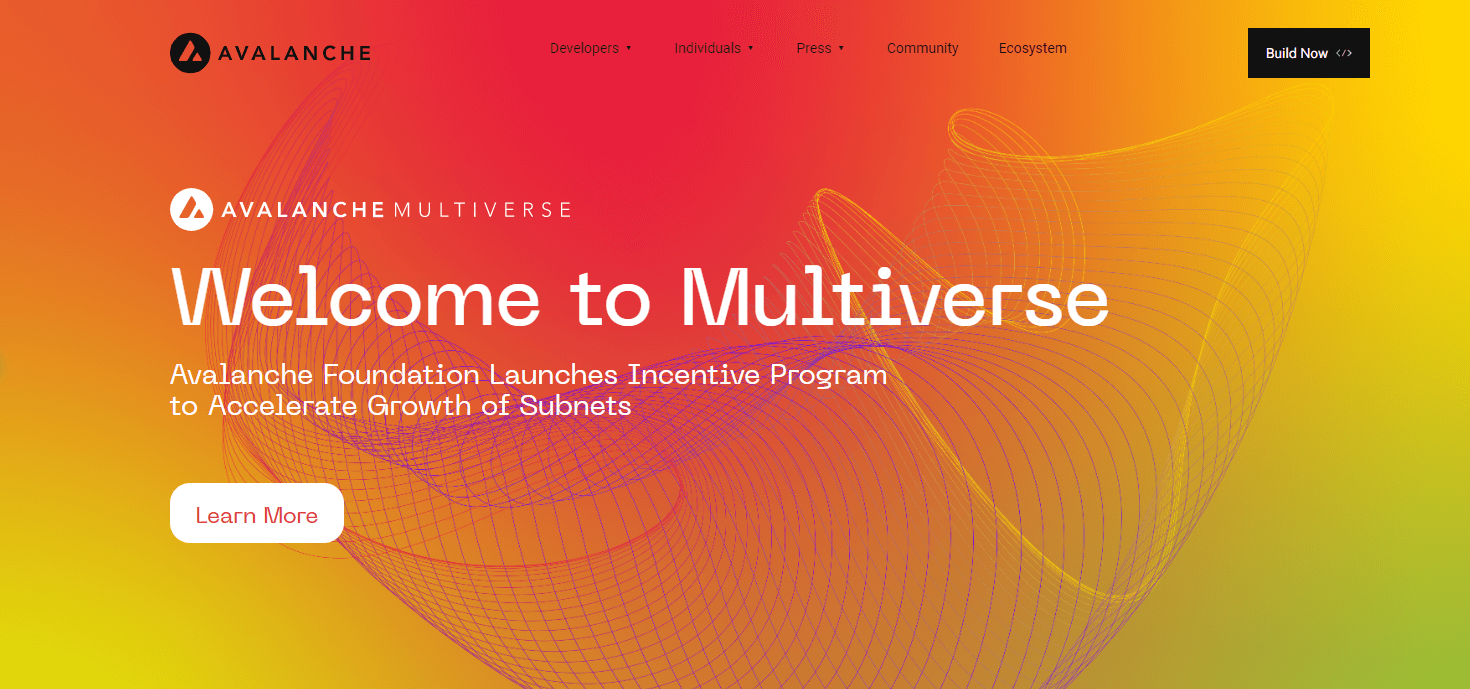
Like Ethereum, Avalanche is a smart contract platform. However, Avalanche features a faster time-to-finality of around 1 second and supports a higher transaction throughput of over 4,500 TPS (transactions per second) per subnet. A subnet is a collection of nodes that process transactions and maintain the ledger state in the Avalanche consensus protocol.
In addition to supporting multiple virtual machines, Avalanche also allows for the execution of transactions in parallel which further improves transaction speed. The platform was launched in September 2020 and is currently being developed by Ava Labs, a blockchain startup based in New York.
So far, Avalanche has grown to secure over 400 projects with more than 1.5 million community members worldwide and 1,350 validators on its blockchain network.
KardiaChain
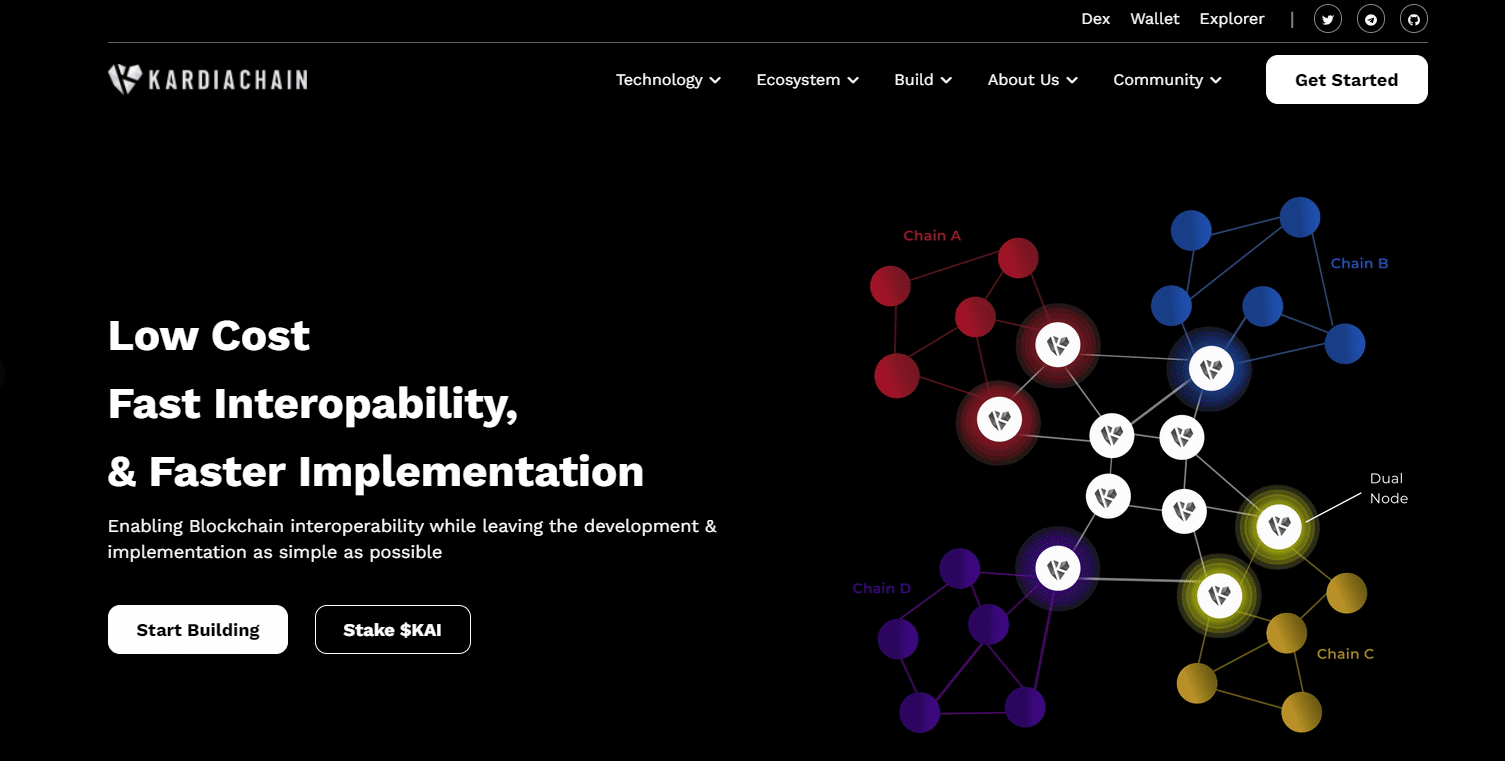
Founded by two former high-school classmates, Tri Pham and Huy Nguyen, KardiaChain was announced as early as October 2018 but had its main net go live about two years later in December 2020.
KardiaChain claims to be the first-of-its-kind fully non-invasive and interoperable blockchain ecosystem. In an attempt to solve prominent challenges facing blockchain development such as a lack of interoperability and scalability, KardiaChain created a unified ecosystem where developers can easily create smart contracts capable of running on multiple blockchains. The goal is to optimise costs, avoid network congestion, especially on bloated networks such as Ethereum, and ultimately allow smart contracts to communicate in a trustless, cross-chain, and secure manner.
To achieve its goal, KardiaChain uses a unified smart contract language to enhance developability, a non-invasive interoperability protocol that allows dApps built on KardiaChain to connect to any network without needing to make any technical modifications to the original blockchain or protocol. KardiaChain also utilises Dual Master Nodes that allow dApps to connect with two chains simultaneously.
Secured by a Byzantine-Fault-Tolerance delegated proof-of-stake consensus mechanism, KardiaChain hosts dApps such as Thetan Arena, My DeFi Pet, and BeCoSwap to mention a few.
More from Cryptocurrency
- What is a Bitcoin Wallet and How Does It Work?
- How Can Blockchain Revolutionise Commodity Trading for UK Startups?
- Research Shows Young People Are Investing In Bitcoin Over Gold
- The Rise of Crypto Alternatives In The UK
- Types of Digital Wallets Explained
- Vitalik Is Taking A Calculated Risk With Ethereum’s RISC-V Proposal
- How Do Crypto Regulations Work in The UK, EU and USA?
- How Step Dubai and Token2049 Are Transforming the Blockchain Event Market
Polkadot
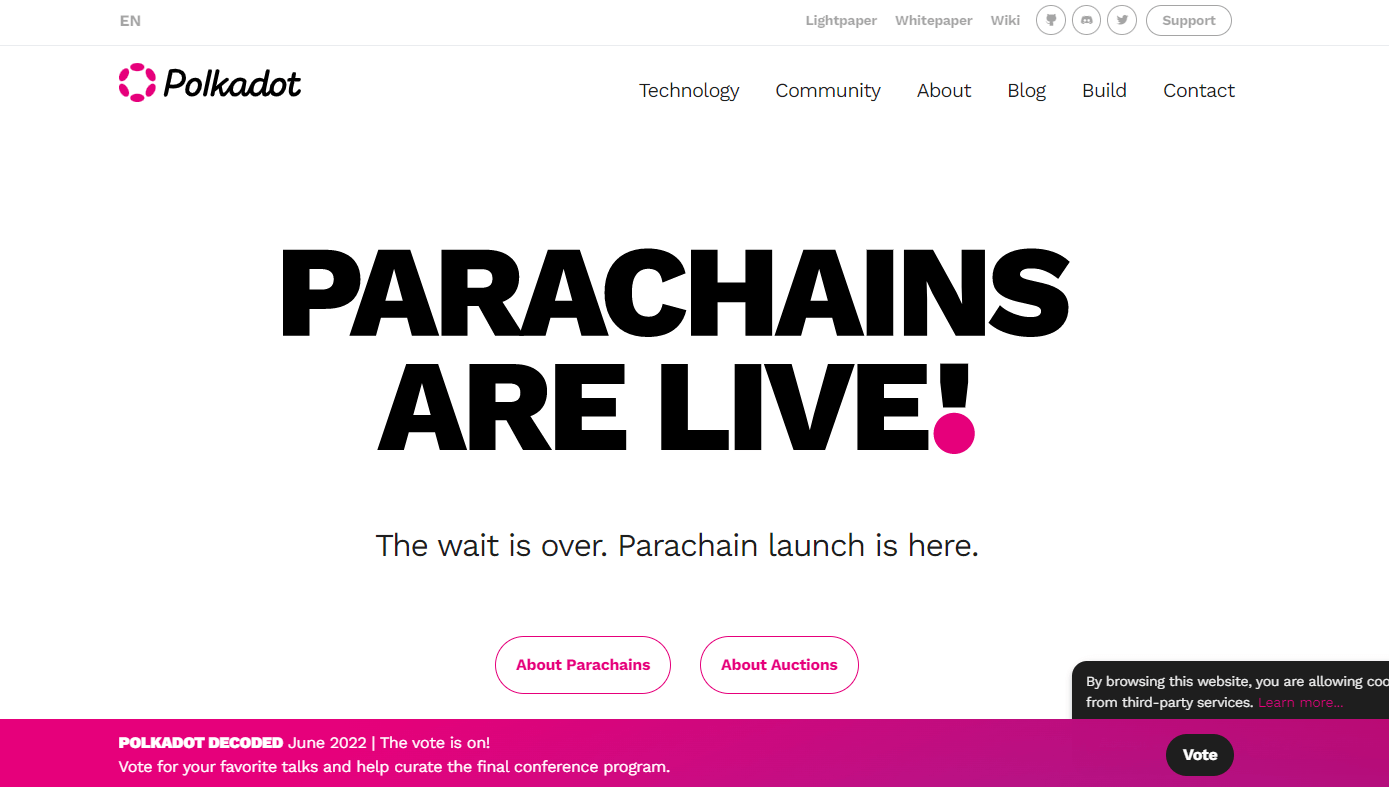
Polkadot is a smart contract platform that supports multiple blockchains (Parachains) that can run parallel to each other. In addition to supporting various programming languages, Polkadot also features on-chain governance that allows for the easy upgrade of the network without hard forks.
The Polkadot protocol was created by Gavin Wood, one of the co-founders of Ethereum. Wood is also the founder of Web3 Foundation, a Swiss non-profit foundation that promotes Polkadot and other next-generation web technologies.
Polkadot went live in May 2020 and managed to conclude its first Parachain auction at the tail end of 2021. Since then, the platform has continued to grow and now boasts a market capitalisation of over $17 billion.
So far, Polkadot has secured some notable projects including Acala Network, Efinity, Moonbeam, and Clover finance to mention a few.
Binance Smart Chain
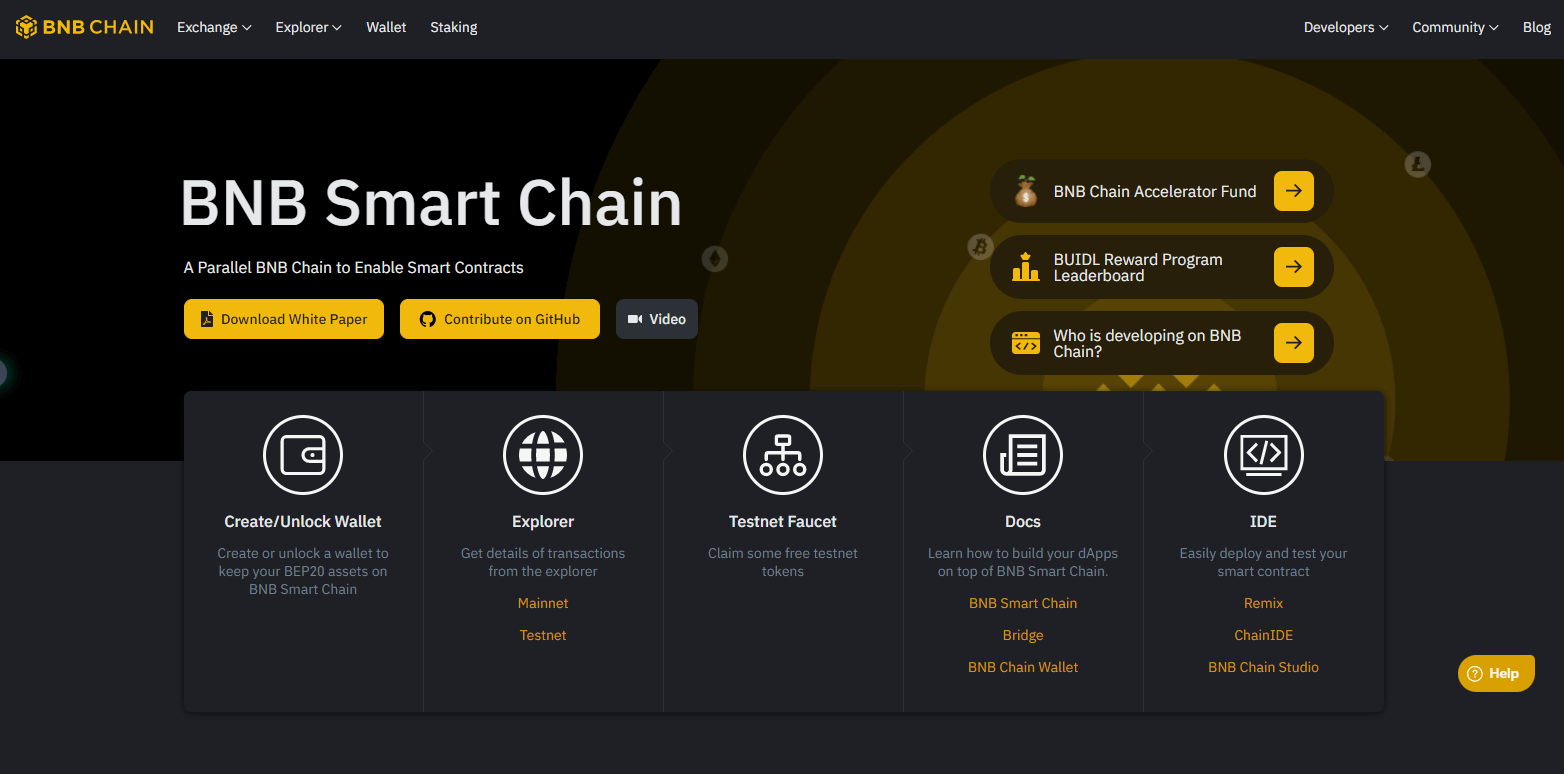
Binance Smart Chain (BSC) is a blockchain platform that runs parallel to the Binance Chain. The two are interconnected and allow for the transfer of assets between them.
BSC was launched in April 2019 and boasted some impressive transaction speeds of around 15,000 TPS and a 3-second block time. In addition to supporting smart contracts, BSC also features decentralised applications, tokened BTC, and cross-chain bridges.
BSC is powered by a proof-of-stake consensus mechanism and uses the native BNB token for transaction fees. Currently, over 140 projects are running on Binance Smart Chain including PancakeSwap, SafePal Wallet, and Venus.
Conclusion
So there you have it. While these are just a few of the many different blockchain ecosystems that are currently in development, with some being able to give you an immediate edge over others, they are some of the most notable. With so much potential, it will be interesting to see how these platforms evolve and what innovations they bring to the world of blockchain technology. For a long time, Ethereum has been known to be the go-to platform for dApp development, but with the rise of new platforms such as KardiaChain, that could very well change shortly.
Upcoming blockchain ecosystems are coming up with innovative ways of solving the issues that are currently plaguing blockchain technology. From solving the fragmented state of the sector to improving transaction throughput and finality, the future of blockchain looks very promising.


